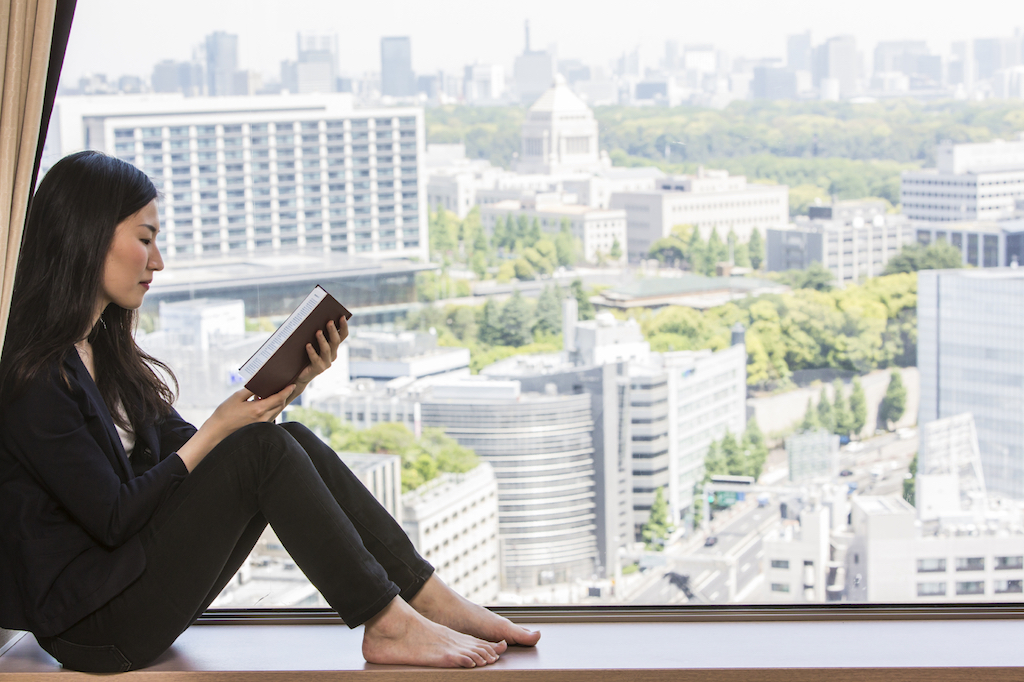A priest once told me, “The calendar may say that January 1st is the New Year, but everybody knows it’s really September, when school starts again.”
There is some truth to that. Children head off to a new year of learning, navigating new skills with a new teacher and trying to figure out who they will sit with at lunch. (Don’t underestimate this last one; it can strike fear into the heart of a middle schooler.) Teachers must rouse themselves from their well-deserved summer downtime and get their classrooms in order. Parents scurry for school supplies, realize that everyone has grown since June and will therefore need new pants and shirts and socks and shoes. College freshmen unload trailers full of stuff for dorm rooms, and wonder if they will be able to handle the rigors of college life. Yep, it’s a new year, all right.
So what can this new year teach us about our spiritual life? First, we should all take time to pray for the students in our lives: may God grant them not only knowledge but wisdom, to not only follow the rules but to be kind, and that they learn to trust in the Lord in all things.
Why not take this time to add a new dimension of faith to your home? As a parent, did you know you can bless your child? Get some holy water (just take a small bottle to church and either get it from the baptismal font or the holy water dispenser.) Make it a habit to bless each child at bedtime or as they head off to school.
Maybe it’s time for you to go back to school, at least in terms of your faith. When was the last time you read a great spiritual book? Either read one on your own, or start a Catholic book club. (Check the list below for some suggestions.) Also, your parish or diocese offers adult small groups or classes. Consider joining one.
It could be that your prayer life isn’t as strong as you’d like it to be. Some of us do well with formal prayers, such as the rosary, while others just need time to be peaceful in God’s presence. Both require time, effort and commitment. Perhaps the “new year” is just the gentle “push” you need to spend time with Jesus.
If you don’t enjoy reading, there are many great Catholic CDs that you can listen to in the car or at home. If you have to drive to work every day, why not make it time spent learning?
Back to school and Happy New Year! May it be a time when we all are open to learning and to deepening our relationship with God!
(Here are just a few book suggestions:
- Graced and Gifted: Biblical Wisdom For the Homemakers Heart: Scott Hahn
- Hail, Holy Queen: The Mother of God in the Word of God: Scott Hahn
- The Politically Incorrect Guide to Catholicism: John Zmirak (If you haven’t yet read any of Zmirak’s books, you are in for a treat. He’s very funny, yet very serious about the Faith.)
- Waking Up Catholic: A Guide to Catholic Beliefs for Converts, Reverts, and Anyone Becoming Catholic: Chad R. Torgerson
- Be Not Afraid: A Book of Quotes for Catholic Men: Sam Guzman
- Mother Angelica’s Little Book of Life Lessons and Everyday Spirituality: Raymond Arroyo
- Arise from Darkness: What to Do When Life Doesn’t Make Sense: Fr. Benedict Groeschel, C.F.R
- Why Go to Confession?: Father John Flader
- Loaded: Money and the Spirituality of Enough: Heather King
- My Sisters the Saints: A Spiritual Memoir: Colleen Campbell King

